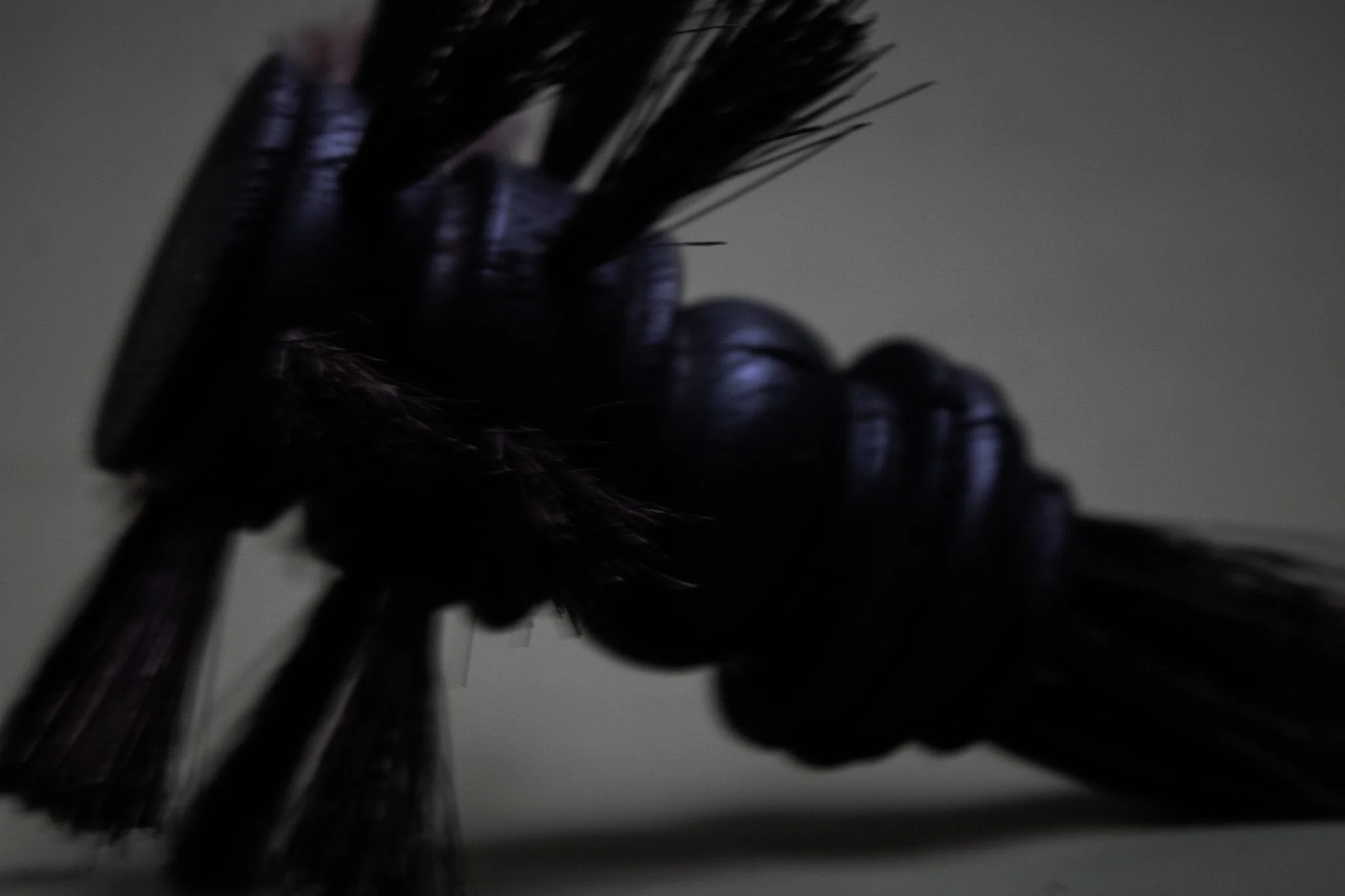On Ornament, Ego, and the Architecture of Self
A Personal and Philosophical Reflection on Making in an Age of Acceleration
Link to my Substack Article here
In an increasingly accelerated and output-driven society, the pursuit of slowness has become both radical and restorative. For practitioners at the intersection of design, architecture, and craft, the demand for deliverables (polished portfolios, refined aesthetics, marketable skillsets) can erode the slower cultivation of self and meaning. As a designer and maker trained across multiple disciplines, I have experienced this tension. Early career trajectories often prioritise employability over introspection, pushing practitioners to adopt styles and systems that align with client needs, institutional expectations, or prevailing aesthetics. Within this framework, the personal lens is often sacrificed for professional viability.
A culture of acceleration is echoed in the built environment. Across UK cities, the proliferation of speculative architecture; defined by modular repetition, prefabricated panels, and uniform brick slips, has created an urban vernacular of economic efficiency and aesthetic indifference. Buildings that resemble student accommodation blocks are rapidly deployed using design-and-build contracts, prioritising cost, speed, and regulation compliance. These structures, often aligned with the logic of “value engineering,” exemplify a wider epistemological shift: architecture has become a product, not process. Their surfaces may mimic traditional materials, but their emptiness is palpable; void of any ornament, visual symbolism, and or spatial generosity.
This experience mirrored a point in my design practice; where my work was efficient, restrained, increasingly hollow. Despite an intentionality and sincere commitment to utility and sustainability, my work was void of aesthetic identity and emotional resonance. My prevalent emphasis on flexibility, circularity, and impermanence (while ethically grounded) resulted in a personal loss of subjectivity. In striving to eliminate my ego from my design language, I had also removed sincerity. I became, in effect, a technician of form rather than an author of any meaning. It was within this space and general fatigue of my own disconnection that I returned to Buddhist philosophy and the heritage of medieval craft.
Buddhism, particularly through the lenses of Prajna (wisdom) and Sila (ethical conduct), offers a counterpoint to modern professional pressures. RSamma Sankappa (Right Thought) and Samma Kammanta (Right Action) encourage ethical intention and compassionate decision-making, both inward and outward. In my own reflection, I had feverishly pursued egolessness, shaped by institutional and cultural guilt.
In attempting to suppress the self entirely, I had enacted a form of self-erasure. Rather than transcending suffering, I was reproducing it.
What craft necessitates is presence that is both intellectual and embodied. The disciplines I practise (turning, carving, throwing) are rituals of attention, requiring commitment, correction, and a sensitivity to resistance. Their slowness is not inefficiency but an epistemology of care and attention. Here, the work of the hand becomes an extension of thought, and each gesture records a moment of encounter between body, tool, and material. Craft is not just productivity of the industrial, but also temporal inscription.
To live and make under conditions of acceleration requires a conscious dedication of resistance. Reading, making, and walking become counter-disciplines; ways of re-aligning the individual body with interval outside institutional demands. They reorient the cause from metrics of speed and visibility toward slowness, repetition, and ethical attention.
To offer something of the self; you give form to experience, belief, and reflection.
In this sense, craft is alchemical: a transmutation of internal life into external matter. Each artefact carries labour, pounds of flesh. As above, so below: what is made by hand is also made by spirit. In a world that often asks individuals to move quickly, produce endlessly, and forget easily, the crafted object becomes a site of refusal and remembrance. It is a practice of care in a world that has forgotten how to.
